Language
WORLDWIDE SHIPPING | ONLY UNTIL 11/09: Get a COMPLETE block of 5 forged knives FOR FREE when you spend at least €750 on polycarbonate and silicone moulds!
Professional vegetable cutter
€1,578.00
€1,293.44
Availability:
In stock
Professional vegetable cutter Designed for cutting large quantities of vegetables.
A large loading opening for vegetables up to Ø 165 mm.
A small opening for long vegetables such as carrots, cucumbers Ø 55 mm.
Cutting area cover in die-cast aluminium, lower part in stainless steel.
Comfortable pressure handle.
Powerful 750 W = 1 HP ventilated motor.
Low voltage control buttons STOP, START (24V).
2 protections: stopping the rotation after lifting the pressure handle and after lifting the top cover.
Rotation starts automatically after lowering the pressure handle.
Quick and easy change of cutting discs 5 discs in the standard kit:
2 mm slices (disc with 3 blades).
4 mm slices (disc with 3 blades).
3 mm grater.
4.5 mm grater.
7 mm grater.
The evacuation disk.
4 non-slip rubber feet.
Speed: 300 rpm.
Productivity: 100 – 350 kg/h
Weight: 25kg.
Voltage: 230
Power (input) (W): 750
Product size: 574x250x(h)472 mm
Shipping time: 5-7 days.
FAQs

 IT
IT FR
FR
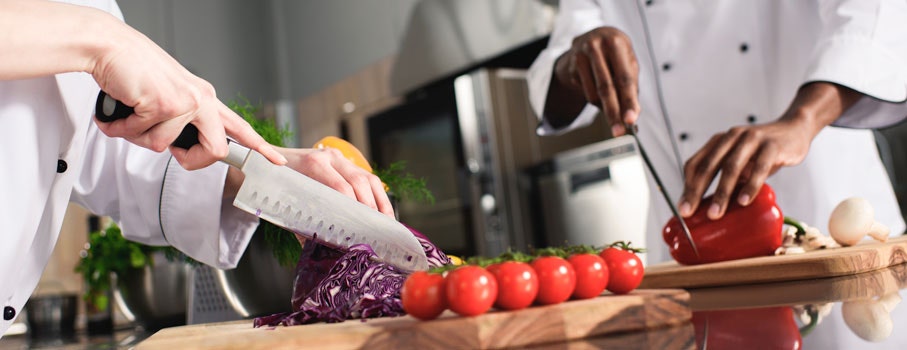
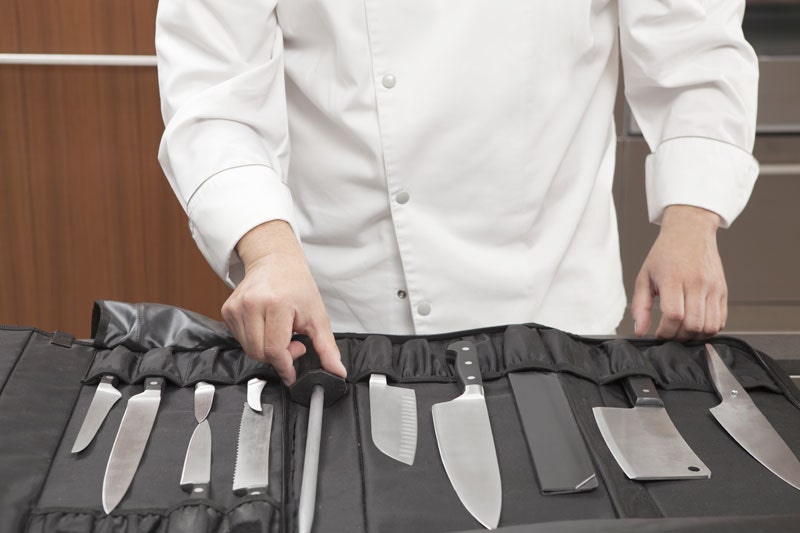
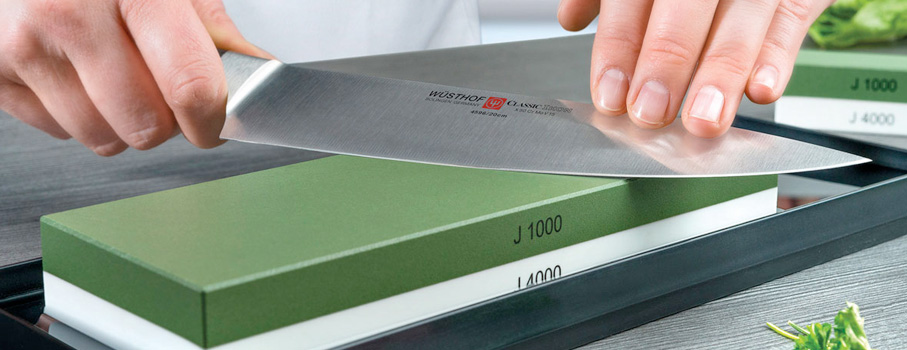
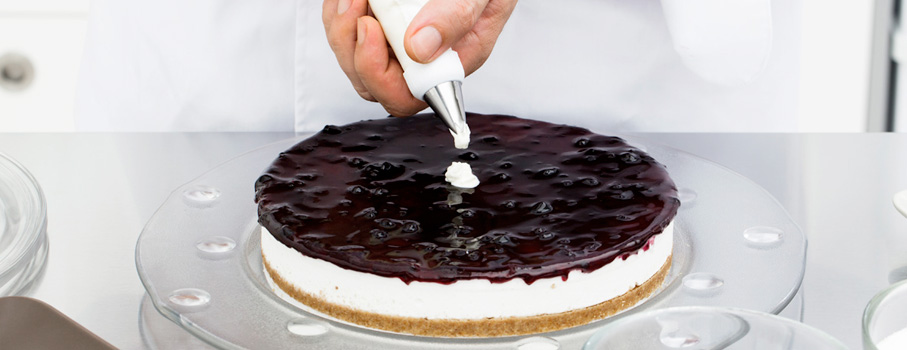

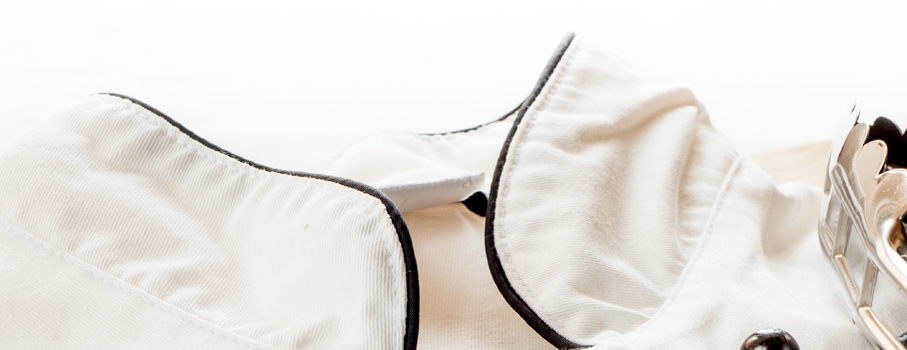
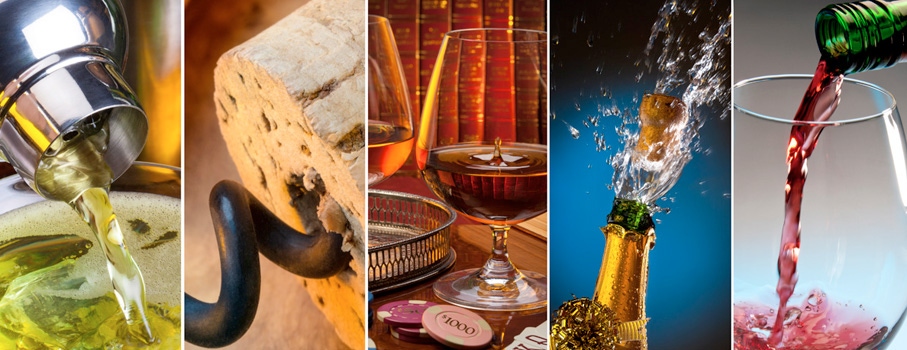
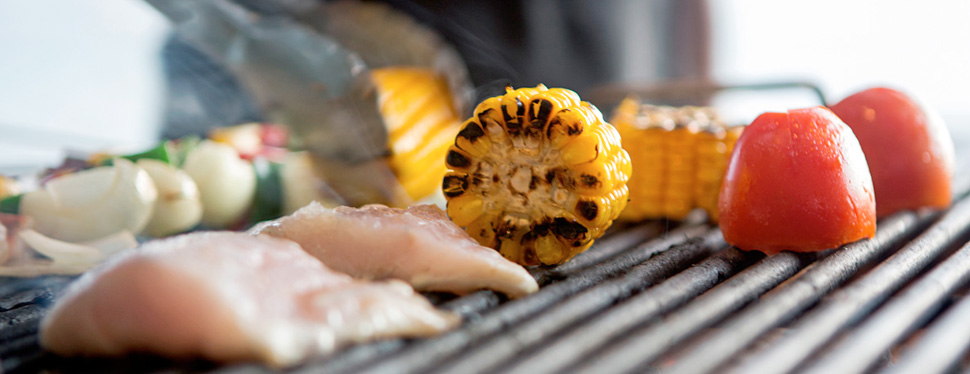

 IT
IT FR
FR


